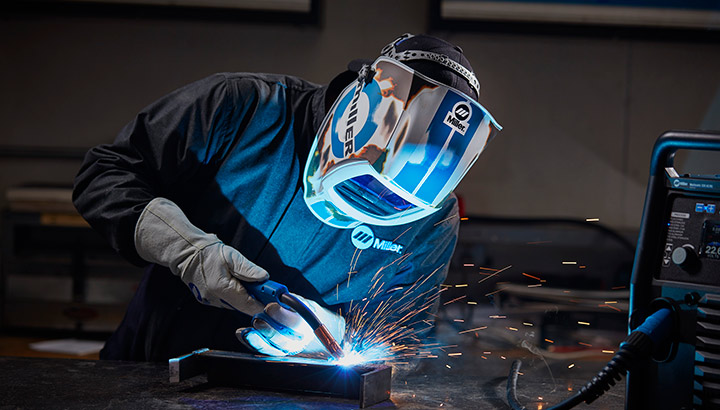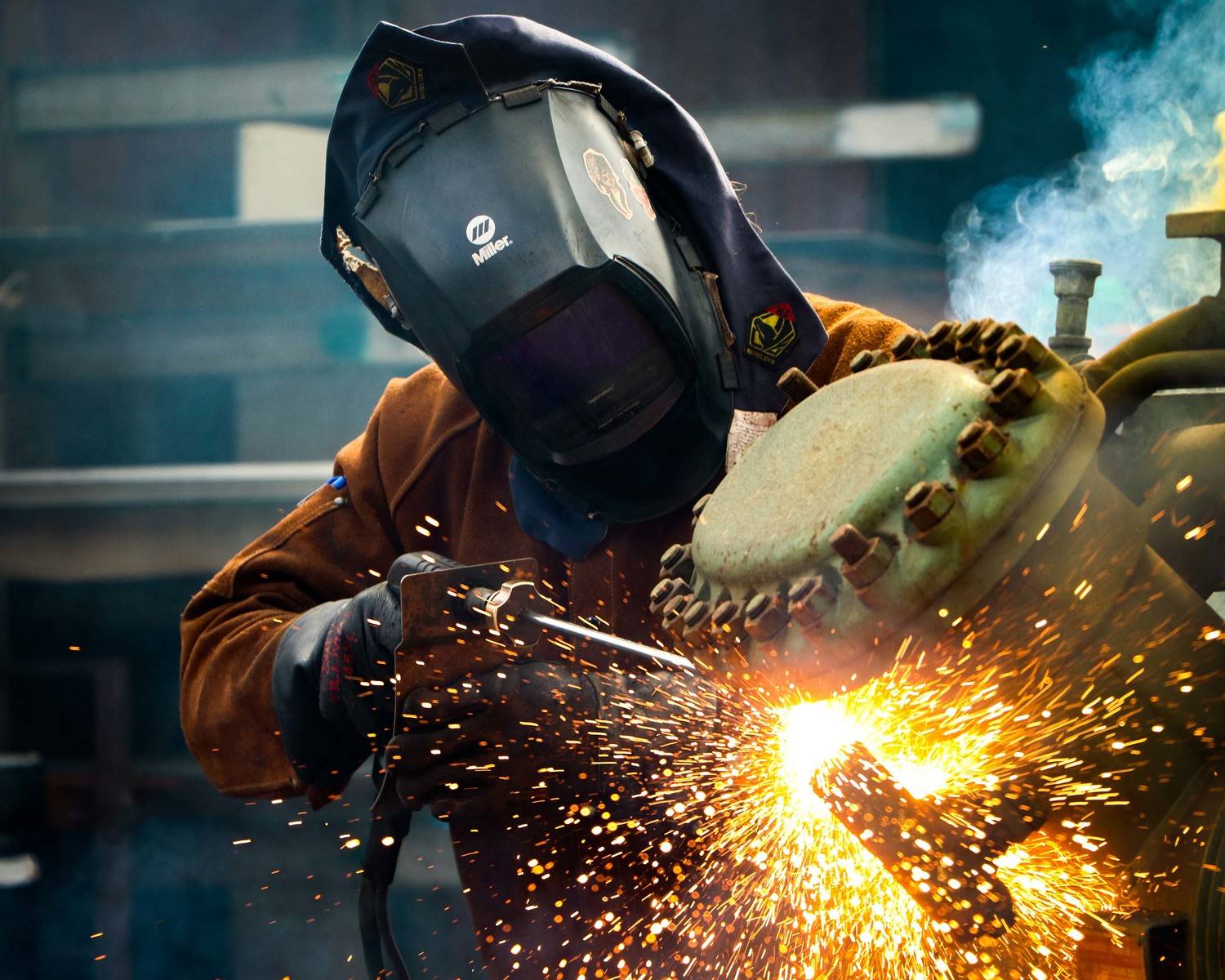Welding WPS: Typical Mistakes to Stay Clear Of and Exactly How to Correct Them
Welding WPS: Typical Mistakes to Stay Clear Of and Exactly How to Correct Them
Blog Article
The Ultimate Overview to Welding WPS Procedures: A Thorough Overview for Welders
In the elaborate world of welding, Welding Treatment Specifications (WPS) act as the backbone of making certain high quality, uniformity, and security in welding procedures. Recognizing the subtleties of creating, executing, and checking WPS procedures is crucial for welders seeking to boost their craft and fulfill market requirements. As we explore the various elements of a WPS and discover the complexities of credentials and certification, we will discover the crucial duty these procedures play in the realm of welding. Let's start a journey to untangle the intricacies and relevance of WPS treatments in welding practices.
Importance of WPS Procedures
Recognizing the significance of Welding Treatment Specifications (WPS) procedures is crucial for ensuring the quality and integrity of bonded structures. WPS procedures function as a roadmap for welders, detailing the needed actions, parameters, and products called for to attain an audio weld. By sticking to WPS guidelines, welders can make certain uniformity in their work, resulting in reputable and structurally audio welds.
One of the primary reasons why WPS treatments are necessary is their duty in preserving weld quality and stability. Complying with the defined welding parameters and strategies outlined in the WPS aids stop problems such as porosity, fracturing, or insufficient fusion, which can endanger the stamina and longevity of the weld. Additionally, WPS treatments are critical for guaranteeing compliance with sector standards and codes. By complying with recognized WPS standards, welders can show that their work satisfies the essential needs for security and quality, supplying assurance to customers, inspectors, and governing bodies. Fundamentally, the value of WPS procedures can not be overemphasized, as they are essential to attaining consistent, top notch welds that satisfy industry standards and specs.

Elements of a WPS
A Welding Treatment Specification (WPS) normally consists of crucial components that information the certain demands for carrying out a weld, making certain uniformity and high quality in the welding process. The vital components of a WPS include essential variables such as base metals, filler steels, preheat and interpass temperatures, welding processes, shielding gases, welding positions, and post-weld warmth therapy demands.
Base steels refer to the products being signed up with, while filler metals are utilized to fill the gap in between the base metals during welding. Preheat and interpass temperature levels are important for managing the warmth input and protecting against concerns like breaking or distortion. The welding process details the certain method to be used, whether it's gas steel arc welding (GMAW), protected steel arc welding (SMAW), or another method. Securing gases secure the weld pool from atmospheric contamination. Welding placements specify the alignments in which welding can be performed. Post-weld warm therapy may be necessary to eliminate anxieties and boost the weld's residential or commercial properties. A detailed understanding of these components is crucial for producing a extensive and reliable WPS.

Credentials and Certification
Having actually developed the necessary parts of a Welding Procedure Requirements (WPS), the focus currently changes in the direction of the essential facets of certification and qualification in welding methods.

Accreditation, on the various other hand, is the formal recognition of a welder's qualifications by a relevant certification body or company. Welding certifications are generally based on the particular welding processes, materials, and positions a welder is qualified to weblink collaborate with. Holding a legitimate welding qualification shows that a welder meets sector requirements and is qualified to execute welding jobs to the needed specs.
Producing a WPS
To establish a Welding Procedure Requirements (WPS) that meets market requirements, careful consideration of welding processes, materials, and functional criteria is essential (welding WPS). The initial step in producing a WPS is to determine the welding procedure to be utilized, such as gas metal arc welding (GMAW) or shielded steel arc welding (SMAW) When the welding procedure is established, the following important aspect is picking the proper materials, thinking about aspects like base metal type, thickness, and joint design. Operational criteria such as welding existing, voltage, travel rate, and protecting gas make-up need to additionally be diligently specified in the WPS.

Executing and Keeping Track Of WPS
Upon finalizing the comprehensive Welding Treatment Requirements (WPS) that carefully details welding processes, products, operational parameters, and high quality assurance measures, the emphasis shifts to successfully applying and keeping an eye on the recognized treatments. Application involves making sure that all welders check my reference included in the project know with the WPS and follow it carefully during the welding procedure. This calls for offering appropriate training and guidance to assure adherence to the specified procedures. Keeping an eye on the WPS entails constant oversight to validate that welding activities align with the documented specs. Assessments, screening, and quality assurance procedures are essential elements of the tracking procedure to identify any kind of concerns or deviations quickly. Regular audits and reviews of the welding treatments aid in maintaining uniformity and quality throughout the job. Reliable execution and surveillance of the WPS are critical for making sure the stability, stamina, and safety and security of the welded joints, ultimately contributing to the overall success of the welding project.
Conclusion
To conclude, understanding and complying with Welding Procedure Specifications (WPS) is vital for welders to make sure top quality, consistency, and security in their job. By knowing the elements of a WPS, acquiring proper qualifications and accreditations, creating comprehensive treatments, and applying and checking them effectively, welders can boost their skills and proficiency in welding practices. Complying with WPS treatments is important for creating high-quality welds and meeting market requirements.
In the detailed world of welding, Welding Treatment Specs (WPS) serve as the foundation of ensuring high quality, uniformity, and safety and security in welding operations. The welding process lays out the certain strategy to be utilized, whether it's gas metal arc welding (GMAW), shielded metal arc welding (SMAW), or an additional approach.To create a Welding Procedure Requirements (WPS) that satisfies industry standards, cautious consideration of welding procedures, materials, and operational parameters is vital. The very first action in producing a WPS is to recognize the welding procedure to be utilized, such as gas metal arc welding (GMAW) or shielded steel arc welding (SMAW)Upon completing the thorough Welding Procedure Spec (WPS) that thoroughly details welding procedures, products, functional specifications, and quality assurance steps, the emphasis shifts to successfully applying and keeping track of the recognized treatments.
Report this page